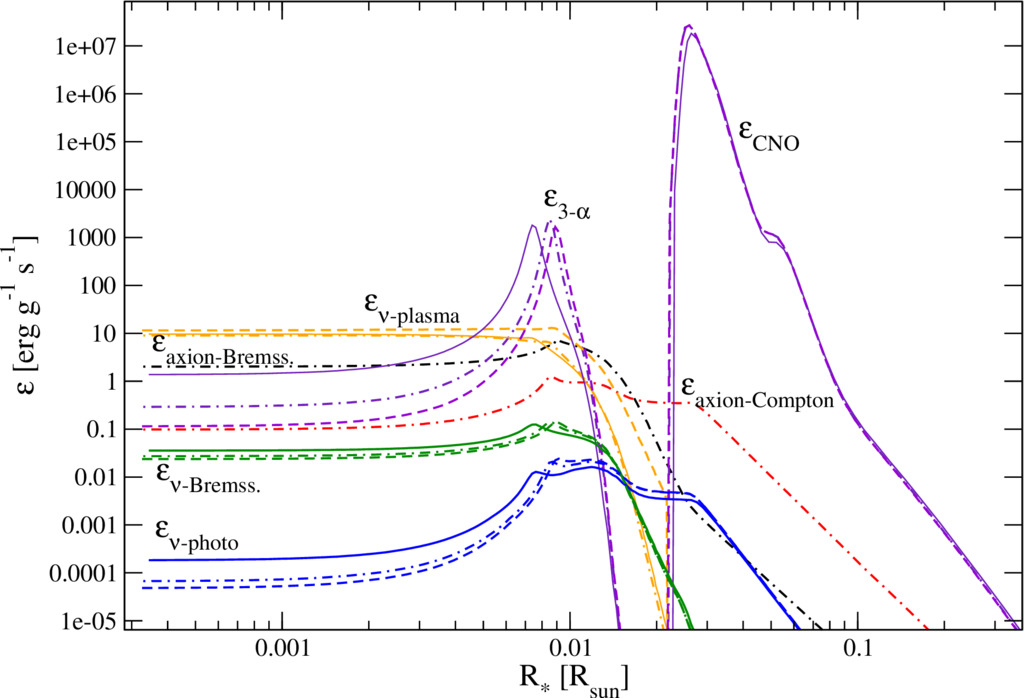

The neutron's magnetic moment is exploited to probe the atomic structure of materials using scattering methods and to manipulate the. The neutron interacts with normal matter through either the nuclear force or its magnetic moment. Protons and neutrons, both nucleons, comprise the nucleus of atoms, and both nucleons behave as small magnets whose strengths are measured by their magnetic moments. Rate of change of the effective mass with respect to the constant magnetic field of the medium is independent of temperature. The neutron magnetic moment is the intrinsic magnetic dipole moment of the neutron, symbol n. The magnetic dipole moment of neutrinos is modified at high temperature and chemical potential. If KamLAND confirms LMA MSW, the spin-flip and non-standard interactions can be considered (and will be searched for) as sub-leading effects. is proportional to the magnetic moment of neutrino and is proportional to the chemical potential of the corres-ponding charged lepton of the same generation. We recalculate the magnetic moment of neutrinos in a hot and dense medium.

Solutions based on the neutrino spin-flip in the magnetic fields of the Sun as well as on non-standard neutrino interactions give good fit of the data. Still (30 - 50)% presence of the sterile neutrino is allowed. The LMA MSW solution with $\Delta m^2 = (5 - 7) \cdot 10^$ (for LMA) and the $\nu_s$ admixture. Main issue now is the identification of the mechanism of conversion. Recent SNO results give strong evidence that the solar neutrinos undergo the flavor conversion. Weillustrate the potential of future data from experiments such as KamLAND, Borexino and the upcoming neutrino factories in constraining non-standard neutrino properties. Both solar and atmospheric neutrino data can also be used to place constraints on neutrino instability as well as the more exotic possibility of $CPT$ and Lorentz Violation. Accepting the LMA-MSW solution, one can use the current solar neutrino data to place important restrictions on non-standard neutrino properties, such as neutrino magnetic moments. The gravitomagnetic moment (gm) of (1.2) for a neutrino with mass m i (i 1, 2, 3) may be distinguished by a different g g i -factor. However they are at odds with the first results from the KamLAND experiment which imply that, despite their theoretical interest, non-standard mechanisms can only play a sub-leading role in the solar neutrino anomaly. Neutrino magnetic moment ( MM) is an important property of massive neutrinos. Non-oscillation descriptions in terms of spin-flavor precession (SFP) and non-standard neutrino interactions (NSI) currently provide an excellent fit of the solar data. Non-oscillation phenomena such as neutrinoless double beta decay would, if discovered, probe the absolute scale of neutrino mass and also reveal their Majorana nature. A brief discussion is given of cosmological and astrophysical implications. We review neutrino oscillation physics, including the determination of mass splittings and mixings from current solar, atmospheric, reactor and accelerator neutrino data.


 0 kommentar(er)
0 kommentar(er)
